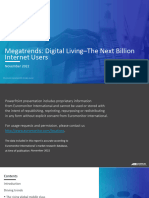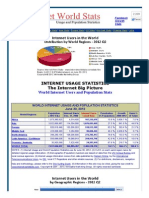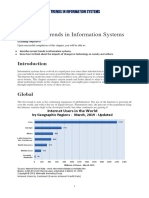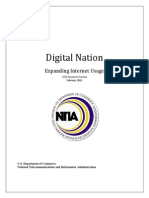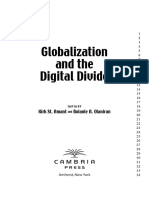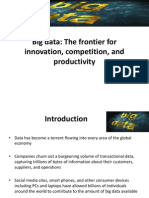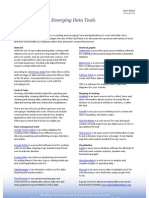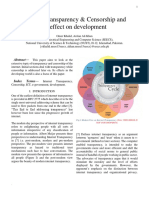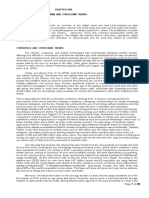0% found this document useful (0 votes)
25 views14 pagesMinor Project Data Visualization
The minor project titled 'Visualizing and Analyzing Global Internet Usage Trends Over the Past Decade (2015-2025)' by Raushan Kumar aims to analyze global internet usage trends and disparities using data visualization techniques. The study reveals significant growth in internet users, from 3.2 billion in 2015 to 5.64 billion in 2025, while highlighting persistent disparities between developed and developing regions. Recommendations include infrastructure investment, affordable access, and digital literacy programs to promote equitable internet access globally.
Uploaded by
anjnaprohike26Copyright
© © All Rights Reserved
We take content rights seriously. If you suspect this is your content, claim it here.
Available Formats
Download as PDF, TXT or read online on Scribd
0% found this document useful (0 votes)
25 views14 pagesMinor Project Data Visualization
The minor project titled 'Visualizing and Analyzing Global Internet Usage Trends Over the Past Decade (2015-2025)' by Raushan Kumar aims to analyze global internet usage trends and disparities using data visualization techniques. The study reveals significant growth in internet users, from 3.2 billion in 2015 to 5.64 billion in 2025, while highlighting persistent disparities between developed and developing regions. Recommendations include infrastructure investment, affordable access, and digital literacy programs to promote equitable internet access globally.
Uploaded by
anjnaprohike26Copyright
© © All Rights Reserved
We take content rights seriously. If you suspect this is your content, claim it here.
Available Formats
Download as PDF, TXT or read online on Scribd
/ 14





